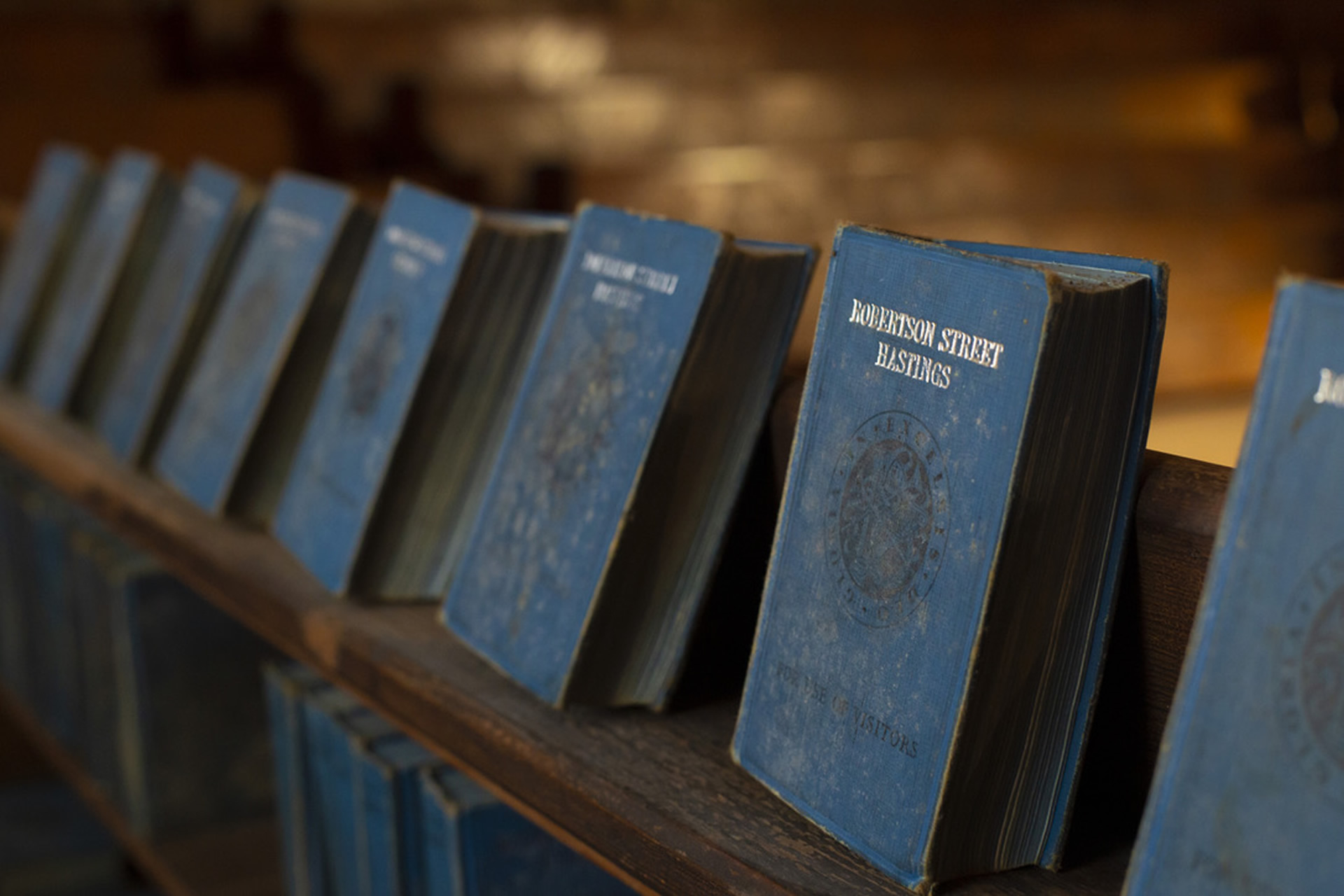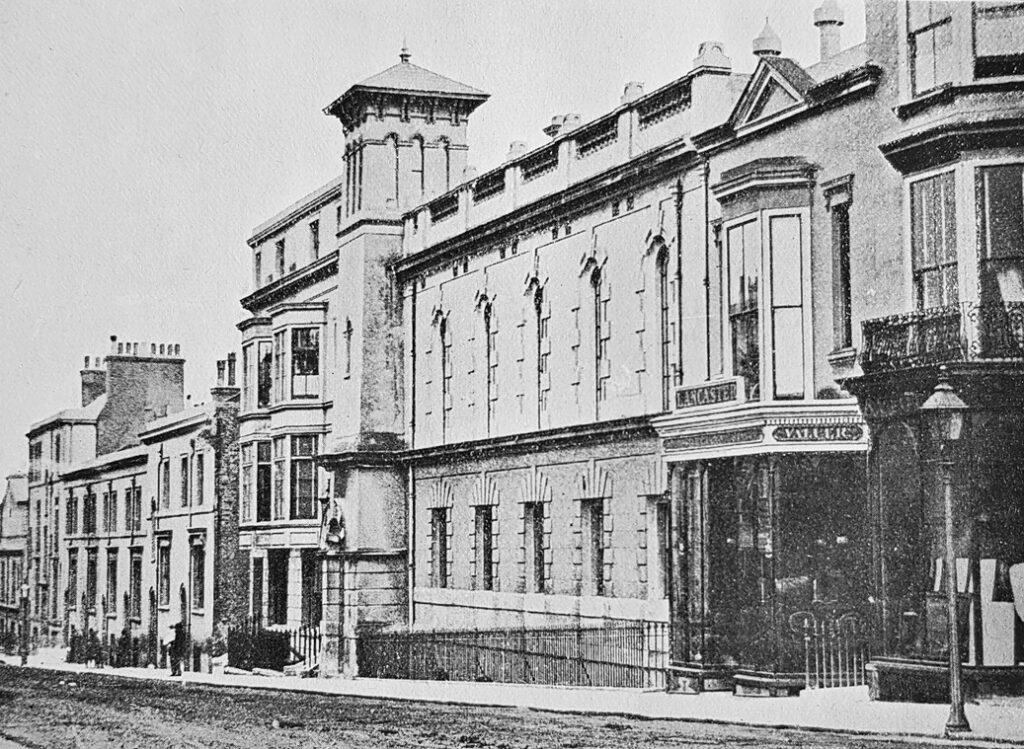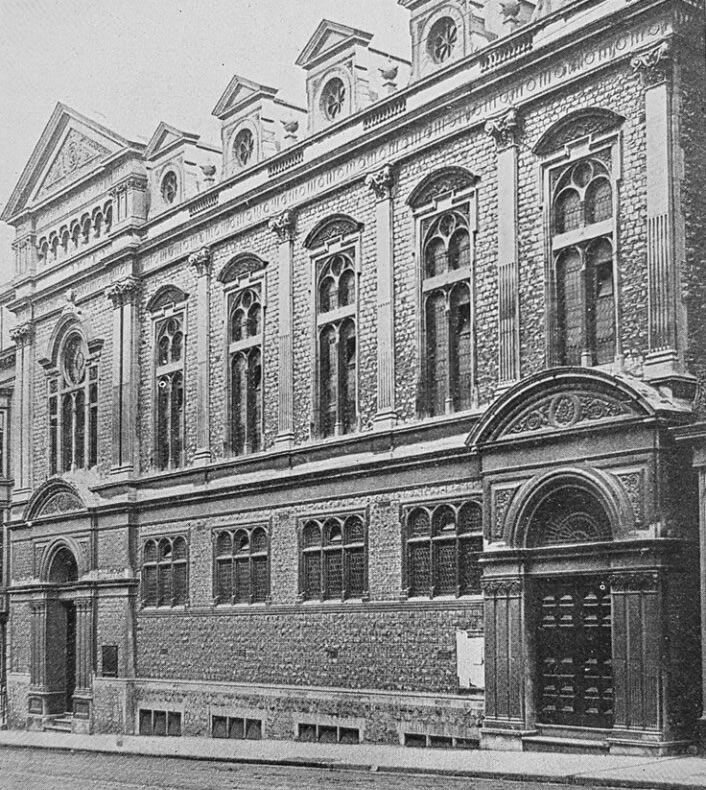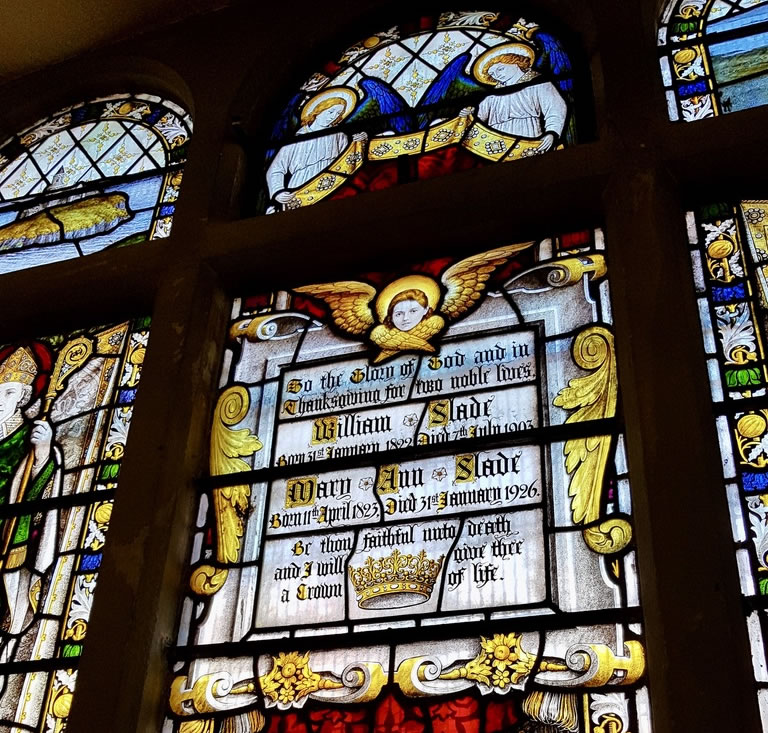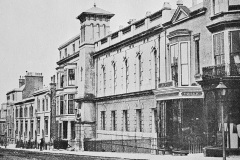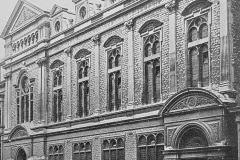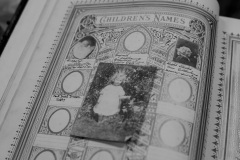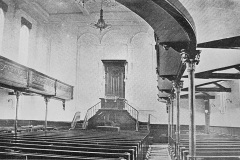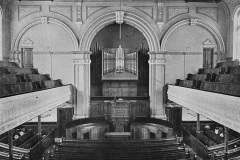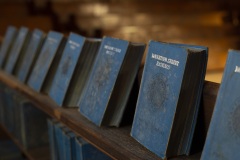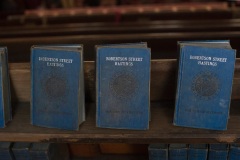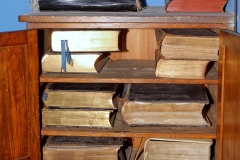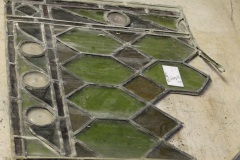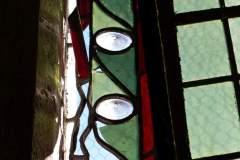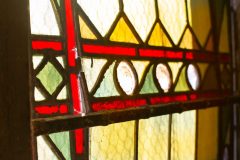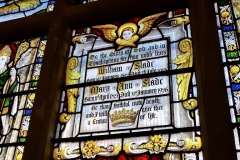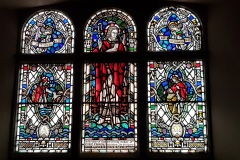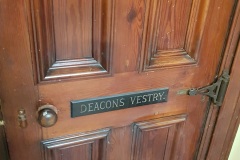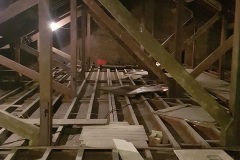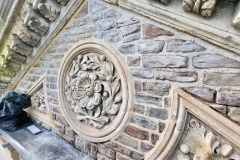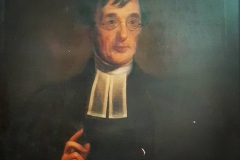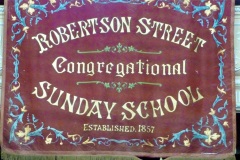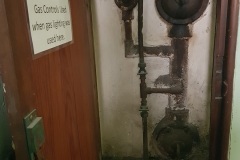The creation of Robertson Street Independent Church
Robertson Street Congregational Church
Our church operates from the former Robertson Street United Reform Church which, for most of its life, was better known as the Robertson Street Congregational Church
The present church was designed in 1884–85 by the well-known Hastings architect Henry Ward. It was not the first church on the site; that was one built in 1856, when the Congregationalists had become a social and political force to reckon with in Hastings. Two ministers were especially influential in growing the church in the Victorian era: the Revd James Griffin (1806–1898) and the Revd Charles New (1845–1914).
By 1884, after many alterations and additions, the original church was bursting at the seams and the congregation decided to demolish it and build a completely new one on the same site. The challenge of raising £12,000 for its construction was driven by Halley Stewart, who was the treasurer of the building committee. An industrialist who was later to win national renown as a Liberal politician and philanthropist, in the 1880s he was a lay preacher in Hastings with a fiery commitment to social justice. In the eyes of local Tories, he was ‘the priest-elect of political Nonconformity’! His powers of persuasion were evidently formidable: it took just 18 months from the decision to build a new church to its dedication on 7 October 1885.
The Congregationalists drew their leading members from the manufacturers, shopkeepers, and tradespeople of Hastings, and the church was Liberal in its politics, in contrast to the Anglicans across the road at Holy Trinity, who were largely allied with the voice of the Tory Establishment. The strength of the manufacturing interest perhaps influenced the construction of the new building, which featured state-of-the-art technology for Victorian times, including a steel-supported flying gallery to increase the size of the worship space on what is a very constricted site. It also included electric lighting (a first in the UK for a Nonconformist church), patented ventilators for air circulation, and four stone staircases, one in each corner to aid evacuation in the event of a fire. A fine pipe organ by Forster & Andrews of Hull was installed in time for the opening.
Church membership shrank during the Second World War, but the church enjoyed a remarkable renaissance in the 1950s under the leadership of the Revd A. E. Gould and, after him, the Revd Charles Haig. The musical life of the church and the children’s work were both outstanding. For many years, Kay Mozley ran the hugely successful Young People’s Society, a youth group that was part social club, part youth mentoring service and part marriage bureau. She is very fondly remembered by surviving YPS members today.
The church became part of the United Reform Church in 1972. By the 1980s, however, as at other churches, numbers were declining again and the building was also showing its age. The Revd Brian Bowyer had the difficult job of keeping the church going while also raising the big sum needed to renew the roof.
In 2012, with only a small congregation remaining, the URC closed the church and put it up for sale, with a covenant that it must continue to be used for Christian worship. His Place’s trustees purchased the church for £50,000 in 2013.
Today, despite the need for extensive repairs, the interior retains many of its original features, such as the linoleum floor, elegantly curved pews and heating pipes, and flock-papered dado rails.
The large, horse-shoe galleried worship space seats up to 700 people. With its elegant wooden coffered ceiling and abundant Renaissance-style plaster decoration, it remains a strikingly beautiful venue with a superb acoustic for unamplified music.
The Forster & Andrews organ has survived too, but needs extensive refurbishment, which we hope to undertake once we have completed the essential repairs to the building. Details about it are available from the National Pipe Organ Register
We are proud to be the custodians of this lovely building and we honour all the worshippers of the past whose hopes and fears, love and prayers are held still within its walls.
Share this Page:

